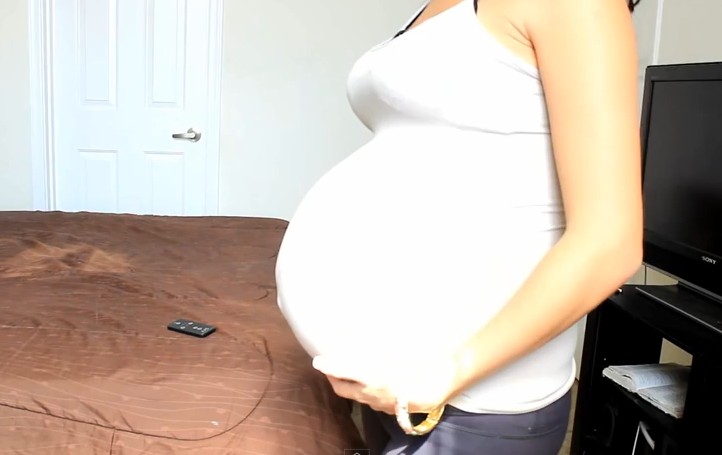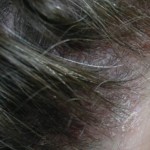Stripping membranes is one of the most natural methods used for inducing labor in expectant women who are past their due dates. It is also one of the least invasive and safest methods to induce labor in pregnant women. The procedure involves stimulation of uterine contractions and separation of the membranes that hold the amniotic sac, via sweeping movements of fingers inserted into the cervix through the vagina of expectant mothers.
Usually, anxiety begins building up in expectant mothers as pregnancy enters the last phase. Nil signs of labor or contractions in pregnant women even after they have completed 40 weeks, surpassed the expected due date, and gotten ready for the process of childbirth, is also a common and normal feature of pregnancy.Lack of labor may however result in annoyance and frustration in expectant mothers, particularly after waiting for it with lots of excitement and anticipation.Late pregnancy can also be very discomforting and challenging for expectant mothers. Therefore, under such situations, expectant women who have crossed their due date may need to go for manual inducing of labor.
There are many ways in which labor can be induced at home, including nipple stimulation, using natural herbs, having sex, and maternity acupressure, etc. The presence of so many different options of inducing labor can certainly result in lots of confusion. It may however be noted that stripping membranes is the best, most effective, safest, natural, and least invasive method of inducing contractions.

Stripping membranes -The procedure
The fetus is housed in the amniotic sac which is a pouch-like structure filled with amniotic fluid. Many membranes hold the amniotic sac, in place, within the uterus. It is important for the cervix to dilate so as to improve the passage of the unborn baby across the vaginal canal. Occasionally, some additional help may be required to dilate the cervix. This can be achieved by separating the membranes that hold the amniotic sac.
Stripping membranes is a procedure that has to be performed only by a doctor or a certified midwife. The doctor will wear gloves and then insert one or more fingers into the cervix via the vagina. The cervix is the opening which connects the uterus to the vagina. The fingers are then swept from side to side or back and forth to help separate the thin membrane connecting the wall of the uterus to the amniotic sac.
The sweeps will result in removal of the mucus plug and separation of the amniotic sac membranes from the cervix. Additionally, after stripping of the membranes is complete, the body releases certain hormones called prostaglandins which then pass messages to the brain to begin labor. The hormones ripen the cervix and help commence uterine contractions for delivery of the baby.
Stripping membranes is usually carried out when the expectant mother has already begun opening up or dilating. Performing the procedure when the cervix has not softened can result in pain and/or minor discomfort.Sometimes, the procedure may be done perfectly but contractions will still not commence. It is an indication that the baby is not ready for delivery and hence stripping membranes may need to be repeated at a later date.At times, 3 to 4 attempts may be required to begin labor.To get optimal results, it is therefore advised to conduct stripping membranes only after the mother has dilated a minimum of two cm.
The effectiveness and safety of stripping membranes procedure
In most instances, stripping membranes is a very effective method to induce labor. The results may differ according to the health status of the mother. Stripping membranes is considered by many medical experts as a guaranteed method of naturally inducing labor, because of the manner in which it works, i.e., removal of the mucus plug and separation of the amniotic sac from the uterus leading to uterine contractions.
Spotting may occur for a few days after undergoing the procedure. This is quite normal.In some instances, labor tends to begin within 2 to 3 days after removal of the mucus plug. The only risk associated with stripping membranes is the susceptibility to premature rupturing of the amniotic sac. It is therefore vital to perform the procedure only when an expectant mother has gone beyond the due date and/or has completed forty weeks of pregnancy.
Stripping membranes procedure may cause pain in some women, while some others may not experience any pain. Every expectant mother undergoing the procedure will have a unique experience.With regards to safety, it may be noted that stripping membranes method does not involve the use of ARM/Artificial rupture of membranes, or prostin gel, or other chemical-related procedures to induce contractions. It is thus the least invasive, most natural, and the safest method to begin labor.
The other methods of inducing labor, as mentioned above, will work only if the mother’s body is ready for it. Also, when conducted at an incorrect time, those procedures can result in hyper stimulation of the uterus, wherein the mother will experience little or nil rest between contractions. This can result in decreased intake of oxygen by the baby leading to a low fetal heart rate. It is best to consult a doctor before trying any methods to induce labor.


